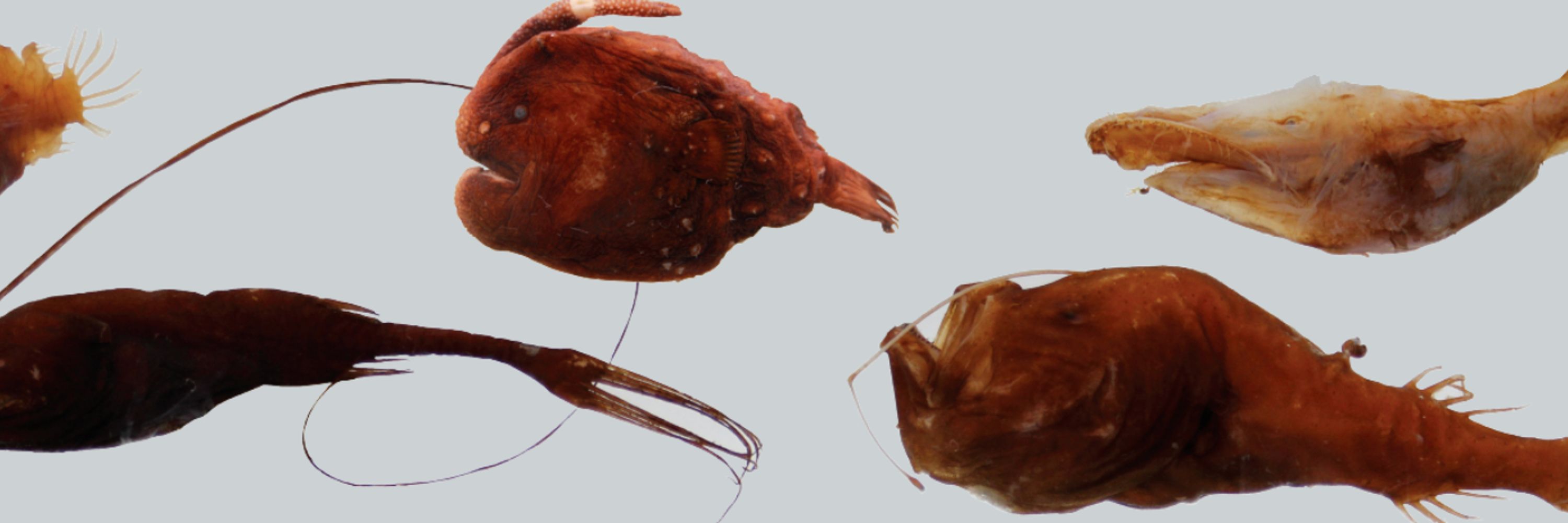
Phylogenetics, biogeography, ichthyology, anglerfish toucher.
https://elizabethcmiller.weebly.com/
news.osu.edu/how-fishes-o...
www.nature.com/articles/s41...
🧪 #Macroecology #EvoBio #Paleobio

www.nature.com/articles/s41...
🧪 #Macroecology #EvoBio #Paleobio

Tooth replacement rates in ancient reptile clades revealed through histology
It brings tooth growth line counts from pterosaurs, dinosaurs, crocodyliforms, and mosasaurs
anatomypubs.onlinelibrary.wiley.com/doi/10.1002/...

Tooth replacement rates in ancient reptile clades revealed through histology
It brings tooth growth line counts from pterosaurs, dinosaurs, crocodyliforms, and mosasaurs
anatomypubs.onlinelibrary.wiley.com/doi/10.1002/...

Be sure to read
"Quantifying the Denticle Multiverse..."
doi.org/10.1093/iob/...
our latest #morphology work involving #Elasmobranch #Denticles
#science #sharks #biologists


Be sure to read
"Quantifying the Denticle Multiverse..."
doi.org/10.1093/iob/...
our latest #morphology work involving #Elasmobranch #Denticles
#science #sharks #biologists

press.uchicago.edu/ucp/books/bo...

press.uchicago.edu/ucp/books/bo...

news.osu.edu/how-fishes-o...
news.osu.edu/how-fishes-o...
We studied the historical biogeography of Sceloporus lizards and the link between their dispersal and climatic niches 🌎🌦️ @fabrovillalobos.bsky.social @ndimhypervol.bsky.social @biojlinnsoc.bsky.social
Learn more here 👇:
academic.oup.com/biolinnean/a...

Apply here: tinyurl.com/4p937dn5


Apply here: tinyurl.com/4p937dn5
An Integrative Perspective on Bat Evolution
www.annualreviews.org/content/jour...

An Integrative Perspective on Bat Evolution
www.annualreviews.org/content/jour...
m.youtube.com/watch?v=2Qnw...

m.youtube.com/watch?v=2Qnw...
Please share far and wide 🚀
(See thread)
Please share far and wide 🚀
(See thread)

www.uaf.edu/cfos/academi...
www.uaf.edu/cfos/academi...
Vaga et al. (2025) reconstruct a time-calibrated phylogeny of stony (scleractinian) corals, which suggests that some could be resilient to climate change.
Congrats @claudiavaga.bsky.social
Link to paper: doi.org/10.1038/s415...

Vaga et al. (2025) reconstruct a time-calibrated phylogeny of stony (scleractinian) corals, which suggests that some could be resilient to climate change.
Congrats @claudiavaga.bsky.social
Link to paper: doi.org/10.1038/s415...

www.pnas.org/doi/10.1073/...
www.pnas.org/doi/10.1073/...
Our new #meta-analysis of comparative studies finds support for a positive relationship, but the rather moderate global effect suggests it’s not necessarily a dominant force.
doi.org/10.1093/evle...

Our new #meta-analysis of comparative studies finds support for a positive relationship, but the rather moderate global effect suggests it’s not necessarily a dominant force.
doi.org/10.1093/evle...
bmcecolevol.biomedcentral.com/articles/10....

bmcecolevol.biomedcentral.com/articles/10....

www.biorxiv.org/content/10.1...

www.biorxiv.org/content/10.1...


